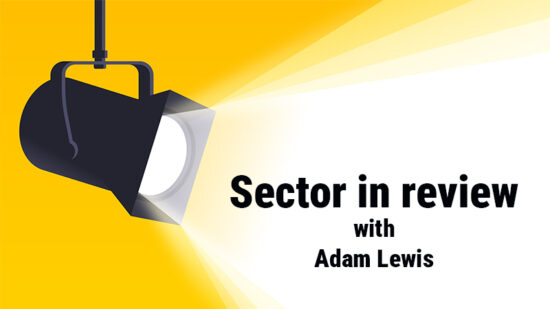The Nifty Fifty index of India’s largest companies is ahead over the year and has been steadily climbing from November as other markets have experienced increasing volatility.
Sunil Asnani, portfolio manager at Matthews Asia, believes that this resilience can continue even in the face of global turmoil.
Asnani, who manages the firm’s India fund and co-manages the Asia Innovators Strategy, points out that the trade war that has proved so destructive for China may be a boost for India: “If the US moves away from a reliance on imported products from China, it may open up opportunities for Indian businesses, albeit the benefits would be seen only in the medium to long term.
“And if China becomes a more open economy, it may provide more opportunities for Indian companies seeking business within China. We are already seeing some change to this effect in India’s pharmaceutical sector.”
At the same time, any weakness in the Dollar would help. A strong US dollar and weak Indian rupee has posed a challenge to the Indian economy and specifically to the Indian consumer.
Asnani says: “India has a strong dependence on imported crude oil, and as the rupee depreciates it raises the import bill for the country. A depreciating rupee has an inflationary impact in India and a negative impact on consumption.”
Many are forecasting a weaker Dollar in 2019 as the US economy slows, which would support growth.
Private capital spending on the up
Asnani points out that the Indian economy has continued to grow – at times in excess of 8% – in spite of a dearth of private capital expenditure and weaker exports. Leading indicators suggest that private capital expenditure is improving, albeit gradually.
Reforms such as the goods and sales tax (GST) are still a work in progress and their full benefit on the corporate sector has not yet been realised.
There is also investment in infrastructure/logistics: “As part of the Make in India program, the government has realized the importance of improving ground logistics,” he says. “As a result, a fair amount of investment is taking place, which is likely to have a positive impact on GDP once it is completed.”
With this in mind, he believes the Indian economy is unlikely to roll over, though it may be volatile until the next general election because it may stall reform. For example, enforcement of compliance on the GST hasn’t been very strict to date and this is unlikely to happen prior to the election as Prime Minister Narendra Modi aims to retain his popularity and ensure re-election.
Asnani’s approach on the India Strategy a bottom-up and active. He seeks to invest in businesses with strong and sustainable franchises that can deliver a good return on capital, in excess of their cost of capital, and with management teams that respect minority shareholders, have good capital-allocation skills and sound corporate governance.
Consumer staples are his biggest overweight position in the India fund, though financials are his largest absolute position, at 35% of the fund. Energy is the largest single underweight – the fund holds no energy companies.
There is also a notable bias to large cap on valuation grounds. Asnani says: “Large cap valuations look reasonable, trading in line with 10-year valuations and with reasonable growth expectations for earnings next year.
“Small cap valuations are the opposite: they are trading at around 20% above their historic range and have unreasonable growth expectations embedded in those high valuations.”
Opportunities from recent market correction
He is more constructive on mid-caps, with opportunities emerging from the recent market correction: “We have been adding to positions of companies that are fundamentally good businesses but have been out of favor due to internal or external issues. Given our long-term focus, we are able to take advantage of such short- or medium-term dislocations with these stocks.”
Long-term performance is strong relative to the wider sector, with the fund up 129% over five years, compared to 102% for the wider offshore FO Equity – India sector. Its strongest performance was in 2014, when it outpaced the sector by 21%. Asnani’s has been managing the fund since 2010.
He believes the opportunities for investors in India are expanding all the time. He sees real innovation in, for example, the retail sector, where urban markets are moving away from mom-and-pop stores to big box retailers due to the ease of shopping and wider choice.
Digital transactions are another key area. These are growing more rapidly than cash transactions in India due to innovations such as the QR code. Much of this innovation is being brought forward by the listed banks: HDFC, Induslnd and Kotak Mahindra Bank are all in the fund’s top 10 holdings.
The pharmaceutical industry – another large overweight for the group – is also seeing innovation. More companies are researching and developing novel chemical and biological entities.
Asnani adds: “One such company has an NCE molecule in Phase III, which is a first for an Indian pharmaceutical firm. Clearly there is more opportunity for investors in the pharmaceuticals and health care space.”
This innovation is bringing new opportunities to the Indian market all the time. Although the market has performed well in 2018, there appears to be plenty to look forward to in 2019.








